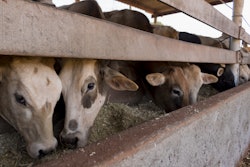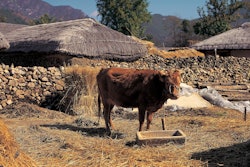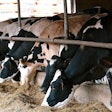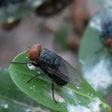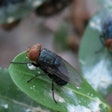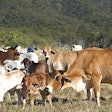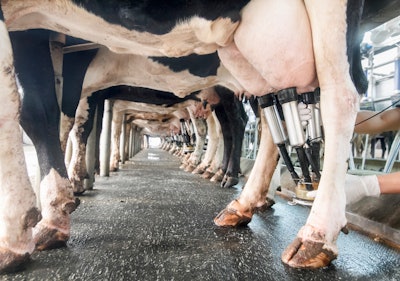
Idaho and Ohio have received confirmation of highly pathogenic avian influenza (HPAI) in cattle from the National Veterinary Services Laboratories (NVSL).
The U.S. Department of Agriculture (USDA) Animal and Plant Health Inspection Service (APHIS) confirmed the results from Idaho on April 2. On March 28, Idaho’s Department of Agriculture said HPAI had been detected on a dairy cattle operation in Cassia County that had recently imported cattle from another state that has identified cases of HPAI in cattle. USDA’s latest update confirms this finding.
On April 3, Ohio Department of Agriculture’s website said it has received confirmation from NVSL of the detection of NPAI in a dairy cattle herd there. It said the dairy operation in Wood County received cows on March 8 from a Texas dairy, which later reported a confirmed detection of HPAI. Ohio’s animal health officials were notified when the livestock began showing clinical signs compatible with sick, lactating dairy cows in other states.
Ohio’s Department of Agriculture said at this time no quarantines or movement restrictions on livestock are being issued. However, on April 2, the Nebraska Department of Agriculture issued an importation order requiring all breeding female dairy cattle entering Nebraska to obtain a permit issued by the department prior to entry. The new importation order will be in place for 30 days – until April 30 – and will be re-evaluated at that time. There have been no reported detections of HPAI in Nebraska dairy cattle or other livestock.
Additional testing continues
NVSL is performing additional confirmatory tests on presumptive positive results from Kansas, New Mexico, Ohio and Texas. USDA notes that, while these samples are from cattle with at least some clinical signs in common with other cattle diagnosed with HPAI, the presence of HPAI should not be considered confirmed until the NVSL analysis is complete.
Federal and state agencies continue to conduct additional testing in swabs from sick animals and in unpasteurized clinical milk samples from sick animals, as well as viral genome sequencing, to assess whether HPAI or another unrelated disease may be underlying any symptoms.
Resources on biosecurity, prevention
In response to the recent outbreaks, APHIS has created a new landing page on its website. The new page contains recommendations for state animal health officials, veterinarians and producers; testing recommendations for cattle; latest news on outbreaks; biosecurity resources; prevention tips; and information on milk safety during HPAI outbreaks.
USDA continues to urge producers to work with their veterinarian to report cattle illnesses quickly and practice enhanced biosecurity measures.

